 Two new fireballs could be observed on the night of November 11th 2018.
Two new fireballs could be observed on the night of November 11th 2018.
The most important one took place at 3:11 UT and it was registered with the detectors that the SMART Project is operating at Calar Alto (Almería), La Sagra (Granada), La Hita (Toledo) and Sevilla Observatories. Also the Calar Alto Observatory (Almería) surveillance webcams could record this object.
Following the preliminary analysis carried out by Professor José María Madiedo (University of Huelva), PI of the SMART project, the event at 3:11 UT was a cometary object, a rock detached from a comet that impacts against our atmosphere at a speed of about 75.000 km/h. The luminous phenomena started at an altitude of 133 km above the Granada (South Spain) province. The object moved then northwestward, crossing the skies of Malaga (South Spain) province, and finishing at an altitude of 79 km above the ground of that province.
The image shows the path this object followed above both South Spain provinces.
Videos of this object are shown below:
The fireball at 1:08 UT, registered also at the same observatories as the above one, followed an asteroidal orbit and entered our atmosphere at a speed of 72.000 km/h, starting at an altitude of 90 km above Jaen (South Spain) province and finishing at an altitude of 42 km above the ground on the same province.
The video registered with Calar Alto Observatory north surveillance webcam is shown below.
Calar Alto (CAHA) fireball detection station, together with the one at the Observatory of Sierra Nevada (IAA-CSIC) and others placed at different locations in Spain, are part of the S.M.A.R.T. project led by Professor José María Madiedo (University of Huelva) to track that kind of objects. Specifically, Calar Alto (CAHA) station and the one at Sierra Nevada (IAA-CSIC) constitute a collaboration agreement between Professor Madiedo and both institutions.
 English (UK)
English (UK)
